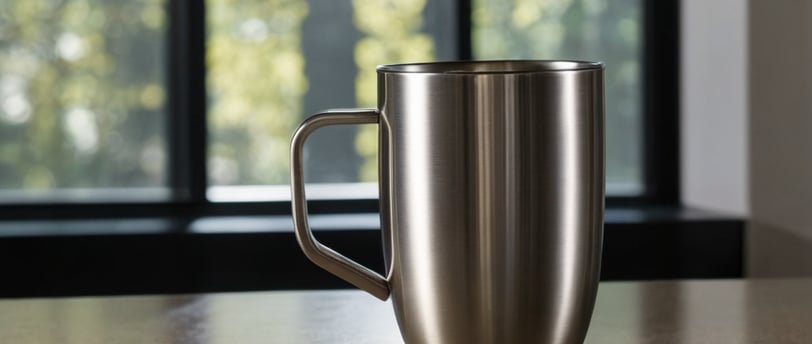304 vs 316 Stainless Steel: The Real Tea on Which One You Actually Need
Choosing between 304 and 316 stainless steel? Hold up! Here’s the lowdown on their differences, pros/cons, and when to save your cash. No chemistry degree required—promise!
MUST WATCH
BCF
3/10/20252 min read


Hey DIYers, kitchen renovators, and workshop warriors! So you’re eyeing stainless steel for your project, but 304 and 316 got you confused? Relax, we’ve all been there! Spoiler alert: 304 is the MVP for most everyday uses, while 316 is the fancy cousin you only need for extra drama. Let’s break it down—no lab coat needed!
1. The Big Difference: It’s All About That Molybdenum!
304 Stainless Steel: The “people’s champ.” Contains 18% chromium + 8% nickel. Great for resisting rust from water, food, and general life messes.
316 Stainless Steel: The “bougie upgrade.” Adds 2-3% molybdenum to the mix. This tiny tweak makes it a chloride-fighting beast (think saltwater, chemicals, or that one friend who spills margaritas everywhere).
TL;DR: 316 = 304 + molybdenum = superhero against salty disasters.
2. Pros & Cons: Why 304 Might Be Your BFF
304 Advantages:
💰 Budget-friendly: Cheaper than 316 (like, way cheaper).
🍳 Everyday warrior: Perfect for sinks, appliances, indoor furniture, and that coffee mug you swear you’ll clean tomorrow.
🛠️ Easy to weld/cut: DIY-friendly for home projects.
304 Downsides:
👎 Hates salty drama: Will rust in coastal areas, pools, or if you’re really into saltwater fish tanks.
🚫 Not for chemicals: Keep it away from industrial cleaners or bleach parties.
Verdict: If your steel isn’t swimming in seawater, 304’s your guy!
3. 316’s Flex: When to Splurge (and When to Skip)
316 Advantages:
🌊 Saltwater savior: Laughs at ocean spray, pool chlorine, and road salt. Perfect for boats, marine hardware, or coastal balcony rails.
🧪 Chemical resistance: Handles acids, bleach, and industrial stuff like a pro. Lab equipment? Check.
✨ Long-term glam: Stays shiny in harsh environments.
316 Downsides:
💸 Pricey AF: Costs 20-50% more than 304. Ouch.
🛠️ Harder to work with: Requires specialized tools for cutting/welding. Not ideal for casual DIYers.
Verdict: Only upgrade to 316 if your project involves salt, chemicals, or showing off.
4. “Wait, How Do I Even Tell Them Apart?”
Good question! They look identical, but here’s the hack:
Check the label: 304 = “18/8” (18% chromium, 8% nickel). 316 = “18/10” or marked “316.”
Magnet test? Nope—both are non-magnetic (thanks, Austenitic structure!).
Chemical test kits: For the nerdy pros.
5. Pro Tips: Don’t Screw This Up!
🚫 Avoid 304 outdoors near the ocean: Unless you want rusty patio furniture.
🧂 Kitchen hack: Use 316 for salt-heavy zones (e.g., salt cellars, coastal kitchens).
🔥 Heat warning: Both can warp at high temps—don’t use them for rocket engines (duh).
🔄 Cleaning matters: Even 316 needs love! Wipe off salt/chemicals ASAP.
Final Verdict: Save Money or Flex Hard?
Pick 304 if: You’re building indoor stuff, kitchen gear, or anything that won’t party with salt.
Pick 316 if: Your project involves seawater, chemicals, or you just need that “premium” flex.
Remember: Paying extra for 316 to make a mailbox? That’s like wearing a tuxedo to Walmart—overkill, but hey, you do you! 😎
TL;DR:
304: Cheap, versatile, rust-resistant for daily use.
316: Pricey, salt/chemical-proof, for marine/industrial flex.
Rule of thumb: Unless you’re building a yacht, stick with 304 and save the cash for pizza! 🍕
Stay shiny, friends! ✨
